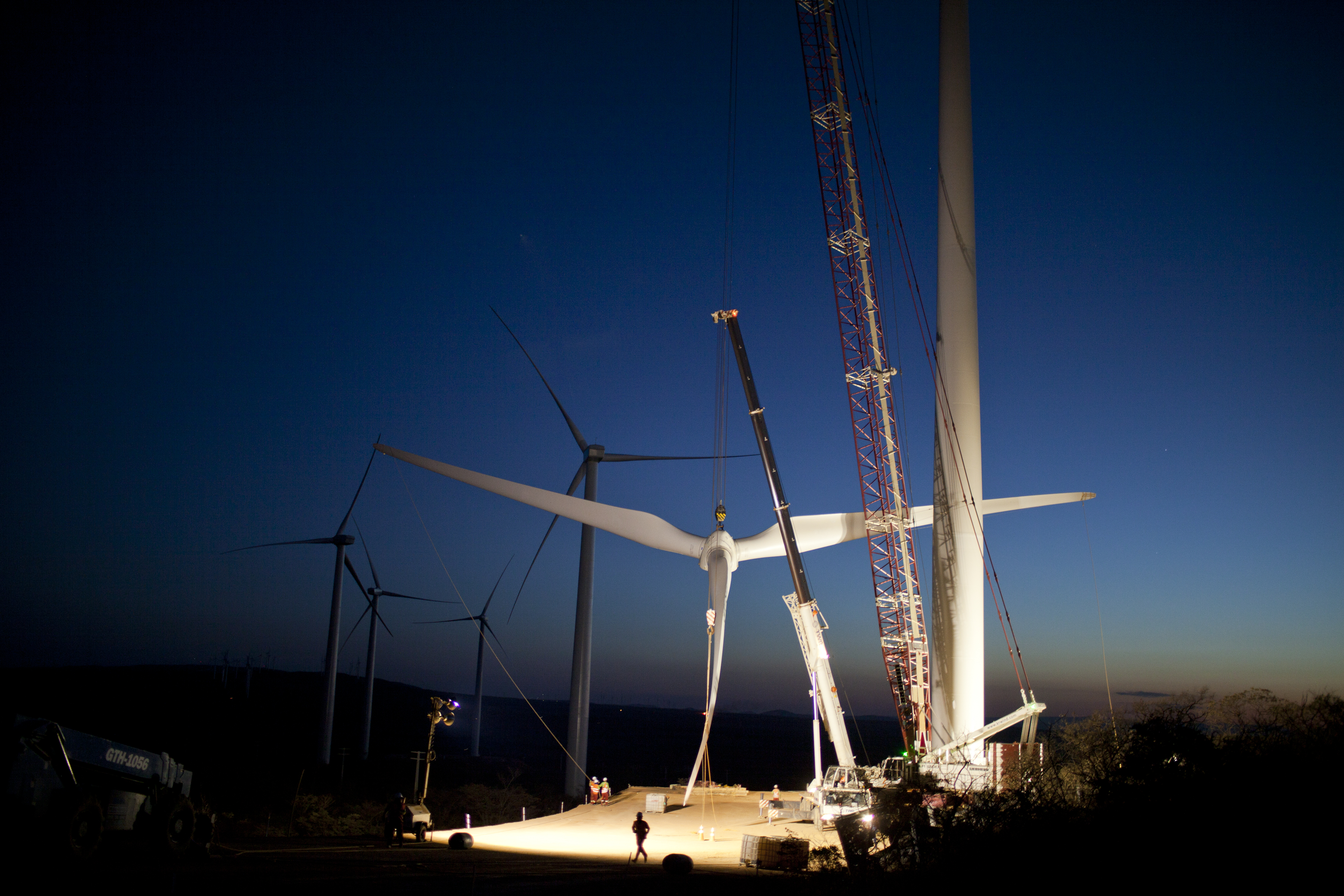
One of the great success stories in Brazil has been its transformation from being a huge importer of oil to a world leader in ethanol. All across this country, sugarcane is harvested, crushed and then turned into biofuel that powers millions of cars. The program was so successful that during the 2003-to-2010 presidency of Luiz Inacio Lula da Silva's presidency, the fuel-flex car, which is able to run on gasoline or ethanol, was introduced and President Bush publicly praised Brazil's ethanol program as a model that could teach a thing or two to gas-guzzling America.
And then, it seemed as if the bottom fell out.
Where half of Brazilian cars ran on ethanol a few years ago, now it was 30 percent. And sugarcane plantations and mills were going out of business. To make matter worse, Brazil had discovered oil far offshore — lots of it, according to energy planners, enough oil to power this country and then some.
Still, in researching stories about Brazil's energy future, I noticed something tantalizing: In the midst of all these troubles there were some big companies that were investing billions in Brazilian ethanol. Companies that you wouldn't think would be interested in ethanol — among them BP, the world's second-largest private oil company, and Royal Dutch Shell, which isn't far behind. There was also Cargill, the American food giant, and several other multinational giants, among them the Brazilian construction company, Odebrecht.
I could have done my reporting in Sao Paulo state, where cane is planted as far as the eye can see. That rich state has long been the historic heart of Brazilian cane production. But I wanted to see what was happening in the farming frontier of Goias state in central Brazil. That's where some of the biggest investments have been made of late – by companies building high-tech mills and employing mechanized harvesters.
What I'd been told – and what's the trend across Brazil — is that the old plantations of the past, the family-run farms where an army of workers is needed to cut cane, wouldn't be around for long.
"Goias is the future," Luciano Baldim, the harvesting director at BP, told me as we drove through the company's plantation in Itumbiara. "Before it was all small scale. But the companies have been growing and growing."
How much? BP operates three farms that, put together, would spread for 400 square miles.
I was, of course, impressed by the scale of the operations as I walked across one corner of the farm, which was baking under the tropical sun. But I also wondered if it would really make a difference.
More efficient production is, of course, a good thing. But the ethanol industry faces an array of man-made forces. They include a Brazilian government policy that subsidizes gasoline sales to control inflation, a measure that has cut into ethanol use.
And in the United States, potentially a huge market for Brazilian ethanol, there is a formidable and familiar hurdle: oil. Production was up, thanks to hydraulic fracking in places like North Dakota and Texas. That's made the American market a tough battle for Brazilian ethanol producers.






